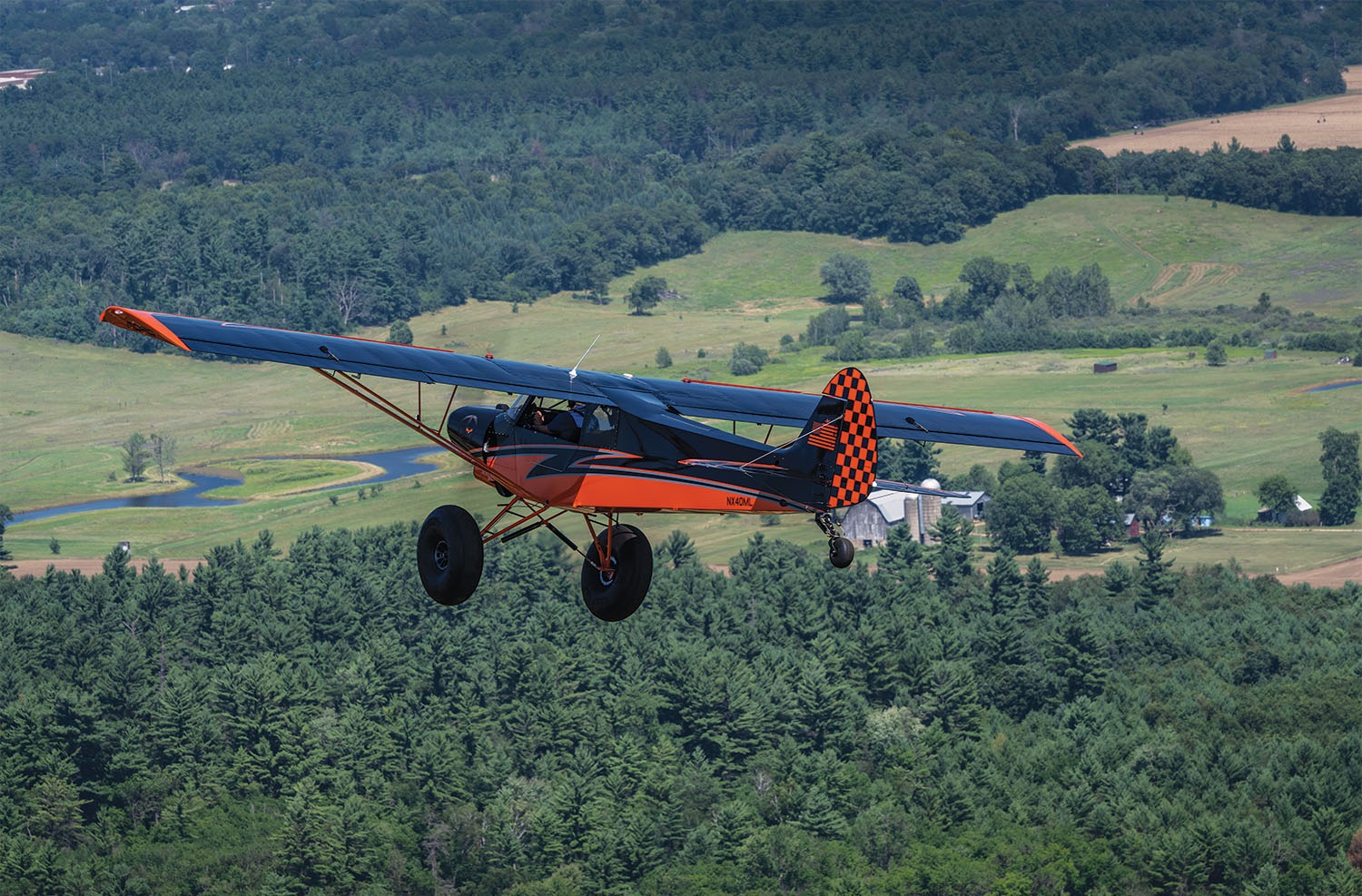 If the name MOAC seems somehow military to you, there’s a reason for that—it sort of is. A couple of years ago, American Legend, the company from Sulphur Springs, Texas, that reimagined first the J-3 and then the Super Cub, built an airplane for a U.S. Army project. The Army realized that there are times when sending in a $15 million helicopter to do a Cub’s job wasn’t always appropriate and had put out feelers to companies to provide a small liaison-style craft that could get in and out of small, unimproved clearings to drop off and retrieve people and “things” under adverse conditions.
If the name MOAC seems somehow military to you, there’s a reason for that—it sort of is. A couple of years ago, American Legend, the company from Sulphur Springs, Texas, that reimagined first the J-3 and then the Super Cub, built an airplane for a U.S. Army project. The Army realized that there are times when sending in a $15 million helicopter to do a Cub’s job wasn’t always appropriate and had put out feelers to companies to provide a small liaison-style craft that could get in and out of small, unimproved clearings to drop off and retrieve people and “things” under adverse conditions.
American Legend decided to take their AL-18 design—basically, a modernized and souped-up Super Cub—and enhance it. A lot. With more power, wing slats, big beefy landing gear and cavernous cargo space reached through the turtle deck (big enough to carry a stretcher with a person onboard), they created an airplane they began to refer to as the Mother of All Cubs—and they weren’t far from the truth.
A hot-rodder’s dream, this is sort of the monster truck of the airplane world, capable of going places and doing things that might strike fear into the average mortal Cub—and even a mortal Cub is pretty capable.
I like to think of the MOAC sort of like my Jeep Wrangler Rubicon. Factory-built to a high standard and capability, the truck is capable of far more than I will personally ever dare to do. In my book, that’s a good place to be, because while I might let the truck down, it will always provide margin to me—the lowly operator who might screw up. I’d rather have an overbuilt machine to cover for my mistakes than one where I always have to be on top of my game to keep from damaging it—and that is definitely the case with an airplane like the MOAC.
What’s it Got Under the Fabric?
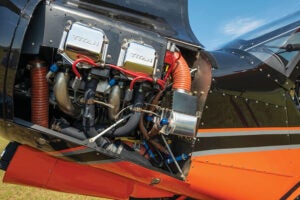
So what makes a MOAC? Well, you start with a standard Super Legend, an airplane that looks a lot like a Piper Super Cub but has many additions—the most obvious of which is a door on each side. But there’s more—much more. The Super Legend is 3 inches wider in the cabin, providing significantly more room for people and “stuff.” It also comes set up for a Titan O-340 or O-370 engine, motors that can be configured to provide from 174 to 195 hp. The Super Legend is an excellent airplane, very capable, and will satisfy many pilots’ backcountry needs without even breathing hard.
You can beef up the standard Super Legend by adding larger, beefier landing gear, capable of handling bush wheels up in the 35-inch range, larger tailwheels, greater fuel capacity, skylights, square wingtips and larger tail surfaces. These items, added together or separately, can customize the airplane to be exactly what you need to get into your own personal ideas of wilderness. Legend also supplies options like vortex generators, leading-edge slats, float attach kits and floats themselves. There are times when you might be forgiven for thinking that Sulphur Springs is in Alaska, not Texas.
But if you want a MOAC, you add a few more things. The standard MOAC package includes a third folding seat behind the regular back seat, rear fold-down windows, extra baggage capability and a turtle-deck baggage door that allows long items to be installed well back into the tail cone. This package is what the Army tried out for nearly a year—but details of what they were doing are a bit sketchy. Let’s just say that for civilian purposes, this package maximizes the idea of a Cub’s limits.
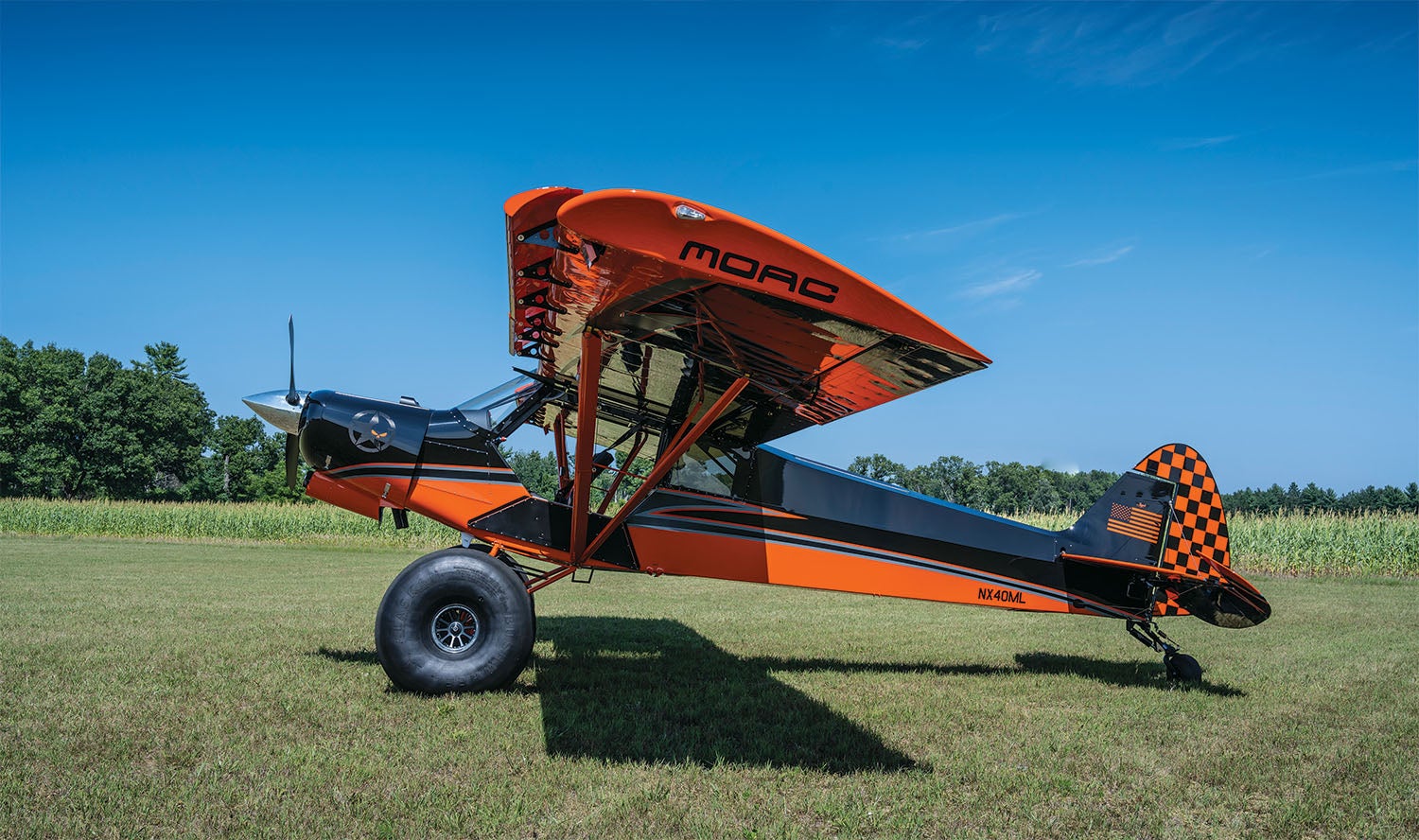
One of the beauties of the American Legend system is that you can pick and choose from a huge number of optional items on a five-page order form to select the exact package you want for your airplane. Almost all of the items I’ve mentioned can be added or subtracted in combination or alone, and the airplane will work just fine. In addition to all of the airframe and engine options, the factory has several standard panel packages already defined—or a builder can come up with their own. This is, after all, still homebuilding.
Finally, the Super Legend or MOAC can be purchased as an S-LSA (with some limitations on performance), built as an E-LSA by the factory or the builder or as an Experimental/Amateur-Built. That last option can use the factory-assist program or have the parts shipped to the builder’s workshop. American Legend is intent on providing as wide a field of options as possible—both physically and in terms of a builder’s program and goals.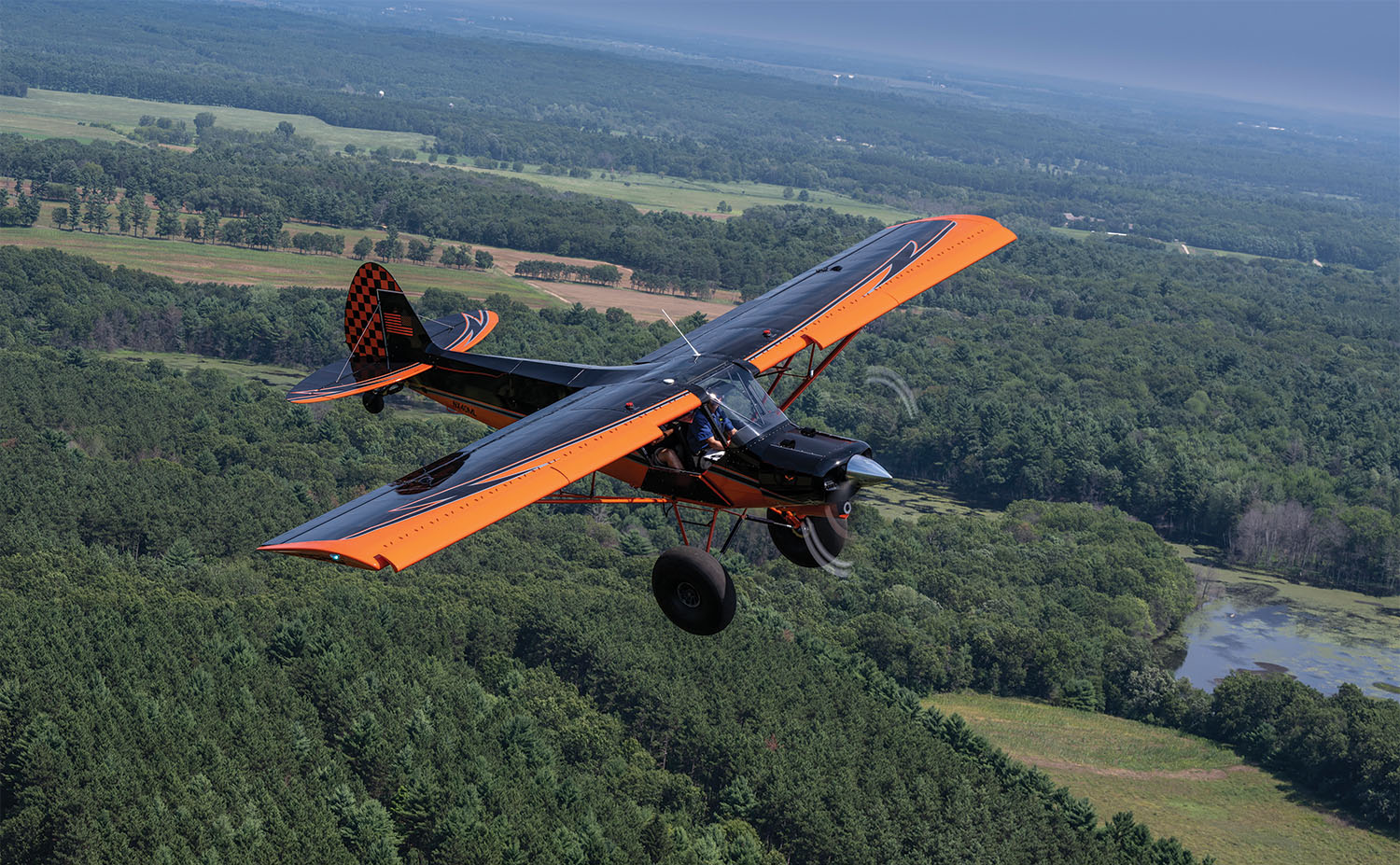
As Tested
We met up with the American Legend gaggle of airplanes at Wautoma, Wisconsin, the Sunday before AirVenture 2021. It was a sunny Sunday afternoon when five Cubs and a couple of support aircraft dropped into the lovely Midwestern airport located about 30 miles west of Wittman field. Wautoma’s EAA chapter runs a hospitality hangar/pancake breakfast the weekend before the big show and is my favorite diversion spot should the traffic at Fisk get a bit too intense. It’s got pavement, it’s got grass, it’s got some nice tables in the shade. And it has both fuel and a bathroom—what more can you ask for when you need a break?
The Legend folks brought a couple of different MOACs for us to look at, including one with rifle cases mounted to the wing struts—an apparent reference to the Army’s concept of the plane. Given our choice of which airplane we wanted to photograph and fly, however, our eyes were attracted to N40ML, built and flown by owner Mike Lemons. Part of an aviation family that boasts both crop dusters and airline pilots in its ranks, Mike used the factory-assist program to build his ultimate MOAC—hardly any options appear to have been left on the table, except for floats. And we’re not certain that he doesn’t have a set of those hidden away somewhere. The floats might, however, be redundant, as he offered that he has waterskied on the big bush wheels for miles on the Arkansas river back home.
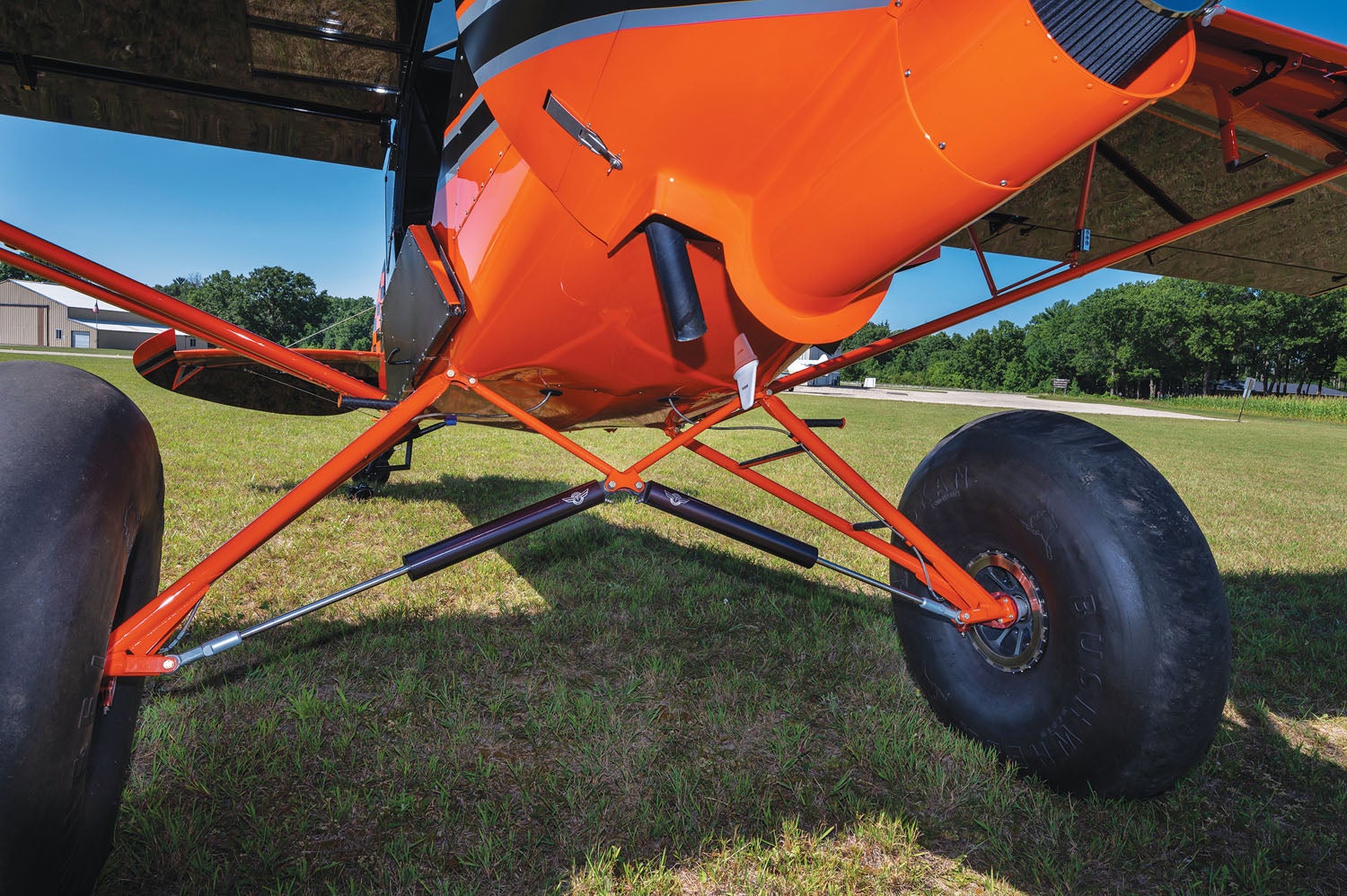
N40ML stands tall on 35-inch Alaskan Bushwheels mounted to ACME extended struts designed to take up just about any vertical force a pilot (and gravity) might apply. He also had the heavy-duty ACME Baby Bushwheel on the tail, a ball of fun that helps to make off-runway landings possible. Rounding out the landing gear options, float-attach points are welded to the lower longerons, ready to accept whatever floats (straight or amphibian) that might be coming along in the future. There is little to no penalty for adding these points—so why not?
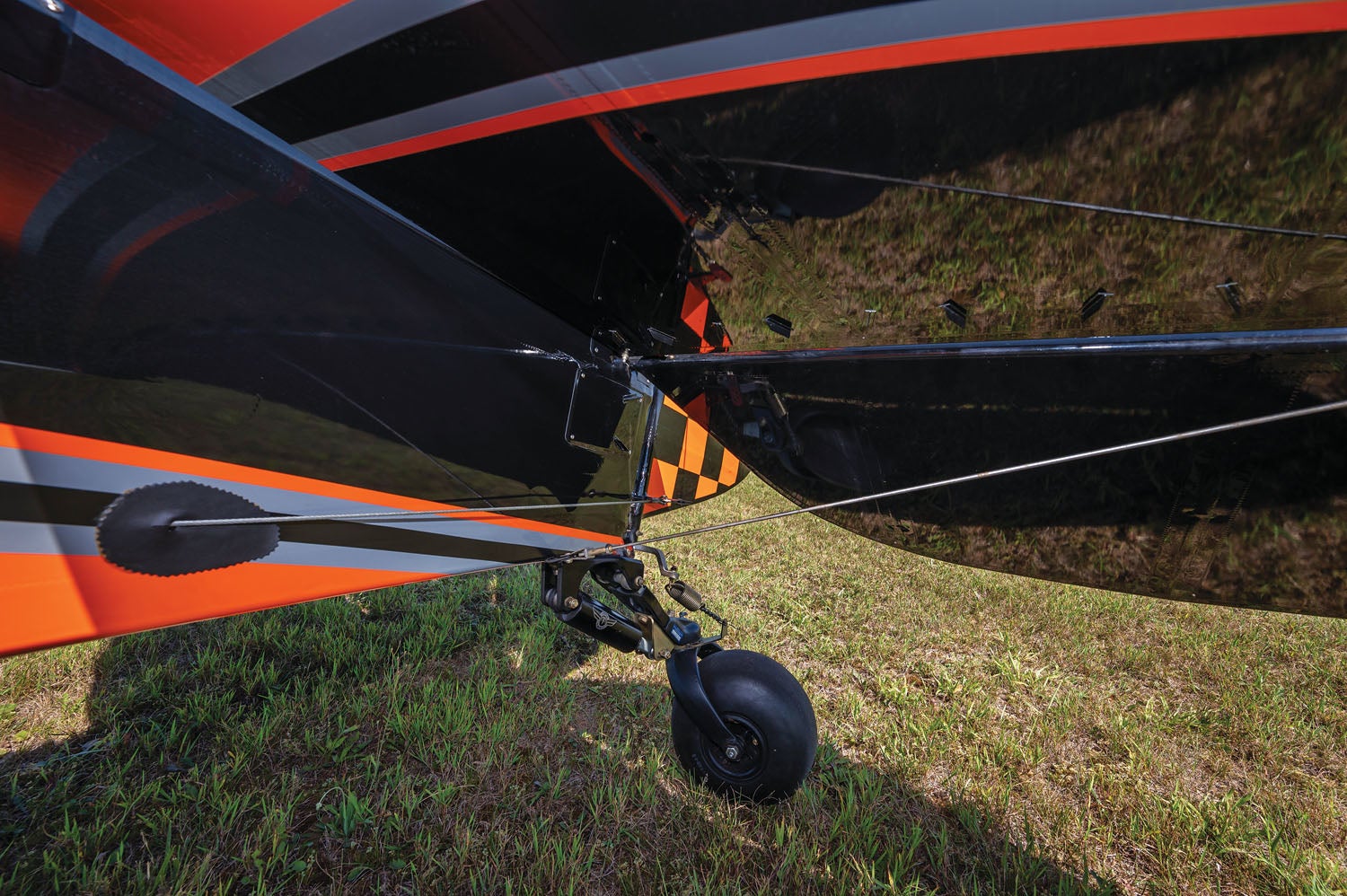
Moving up on the outside of the airplane, we noticed the optional aluminum lift struts from Airframes Alaska and a pair of LED landing/recognition lights mounted on the jury struts to supplement the retractable lights mounted in the wingtips. Those lights are servo-actuated and can be aimed at any angle from parallel to the wing to perpendicular. They are controlled from a switch on the stick grip and solve the problem of “where do you aim the landing lights on a taildragger?” The answer—you point them wherever you want, whenever you want!
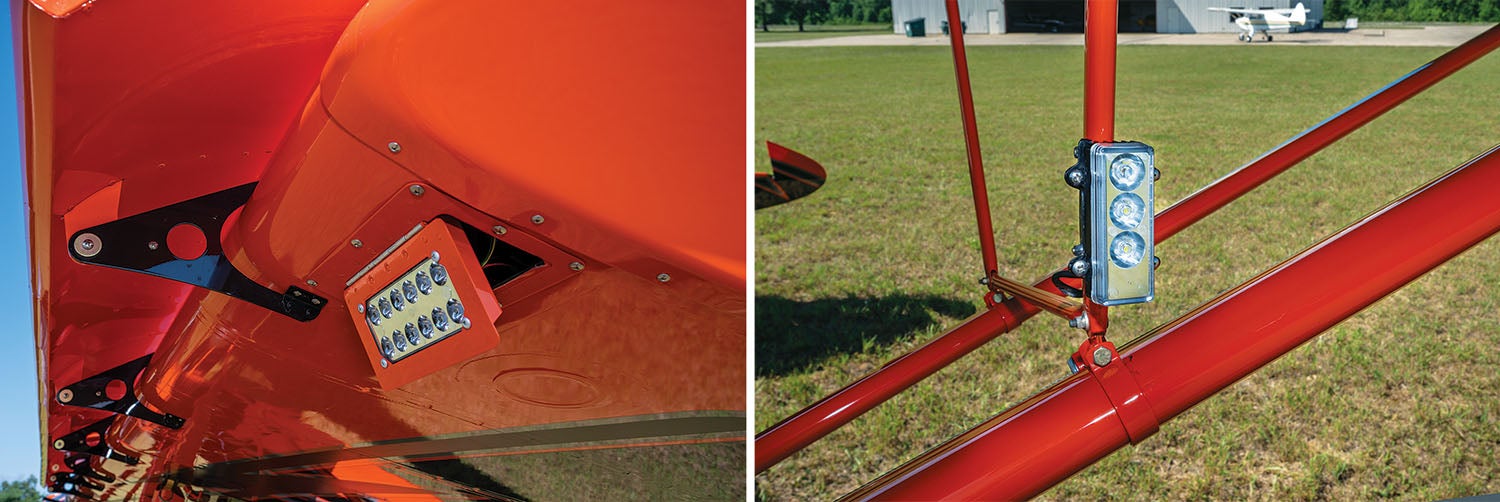
Continuing our look at the wings, this pair was fitted with the squared-off tips that we saw on the majority of the Legends in the gaggle. They also featured both automatic slats and vortex generators. The slats are in two sections on each wing, outboard and “middle”-board. The inboard end of the slats run not to the edge of the fuselage but rather to the edge of the prop wash. Vortex generators covered that area, but it was decided to let the slats operate only in the clear air that was not disturbed by the wake of the prop.

Inside the Ship
Now let’s get to the cockpit. Yes, there are three seats that you see in the pictures—you can put an actual person in the baggage area…legally! Of course, you can also put baggage back there and extend it all the way back toward the tail. But make sure to do a careful weight and balance before you fly that way. The large tail helps with the CG, of course—that is part of the reason it is there. The third seat (and seat belts) definitely helps with the flexibility of the airplane—baggage, people, dogs—whatever you need to haul, you can probably fit it in, so long as it’s not a bunch of gold or lead.
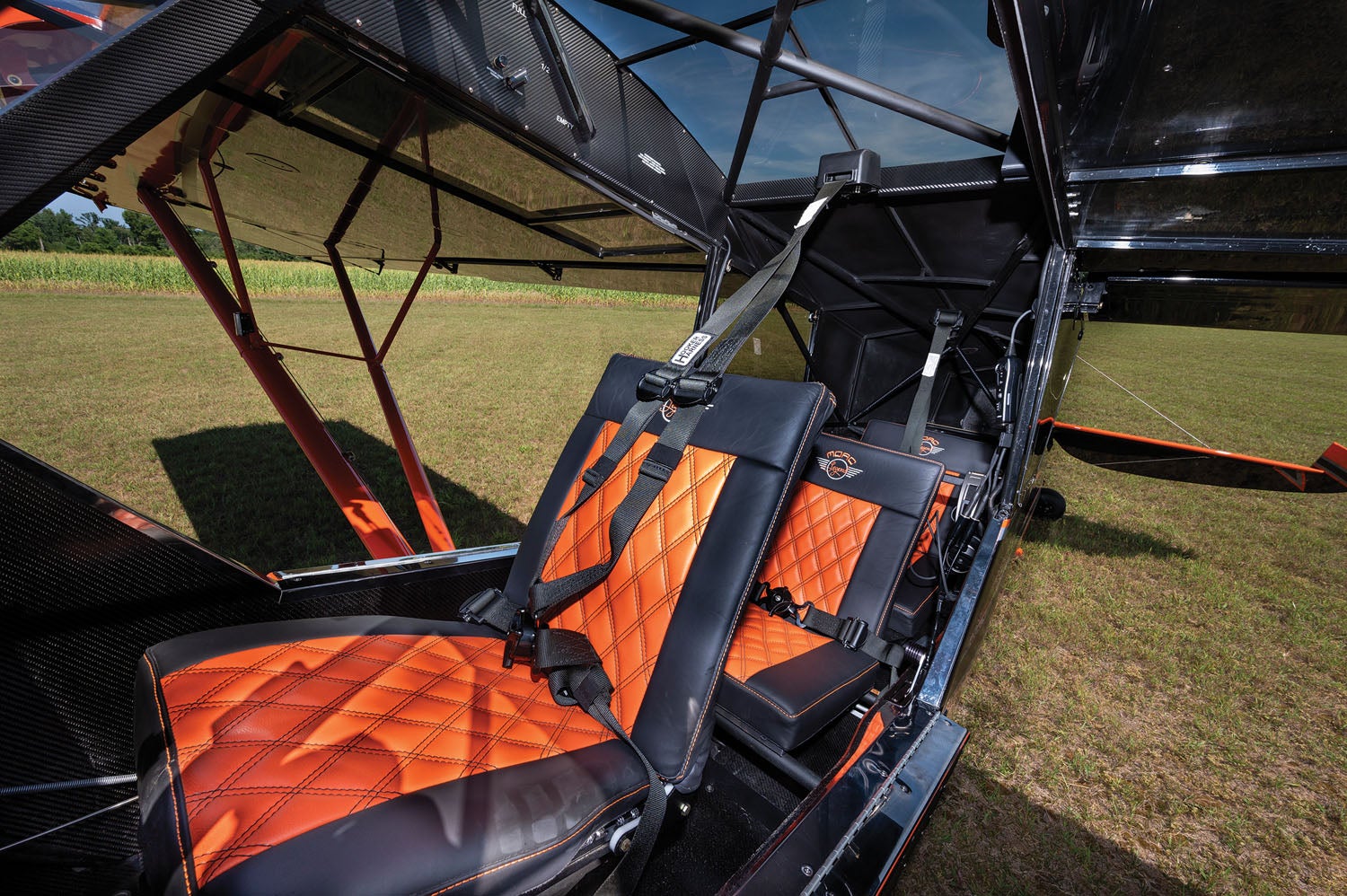
Climbing into the front seat, you’ll see a nicely appointed Garmin G3X Touch panel—one of the standard options from American Legend. With a remote radio and a transponder controlled from the touchscreen, it is a clean and simple panel. ADS-B In and Out are part of the package; while there are remote areas where they aren’t necessary, sooner or later, most bush planes come back to civilization for supplies, so it’s better to have them than not.
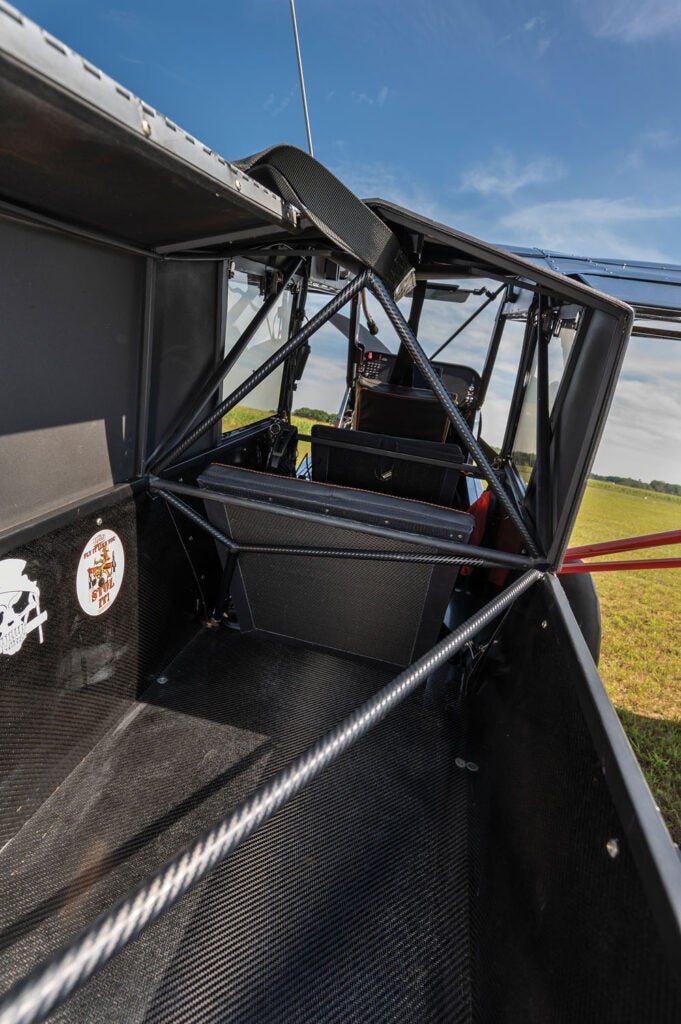
For those not raised on Cubs, the brake pedals might be a surprise—they are actuated by your heels, not your toes. For those of us “of a certain age,” they feel fairly natural, but for most pilots of the past couple generations, they are novel and require just a little adaptation. They are easier to use than you might think at first, so give them a try. Before you know it, you’ll be braking with the best of them. If you don’t like them, never fear—toe brakes are available for your aircraft.
N40ML had a well-equipped stick grip, and while we never learned what some of the buttons do, those that mattered worked great. Of note, the four-way switch that you’d typically use for trim instead operates the landing light aiming (as noted before), so if you require a little trim, it’s the crank handle over on the left wall. Flaps are controlled by a lever up high on the left side of the cockpit, a place I have learned to love on the recent Cub-alikes I have flown. This is a great place to reach and even hang your hand on approach—flaps are just a tug away when needed.
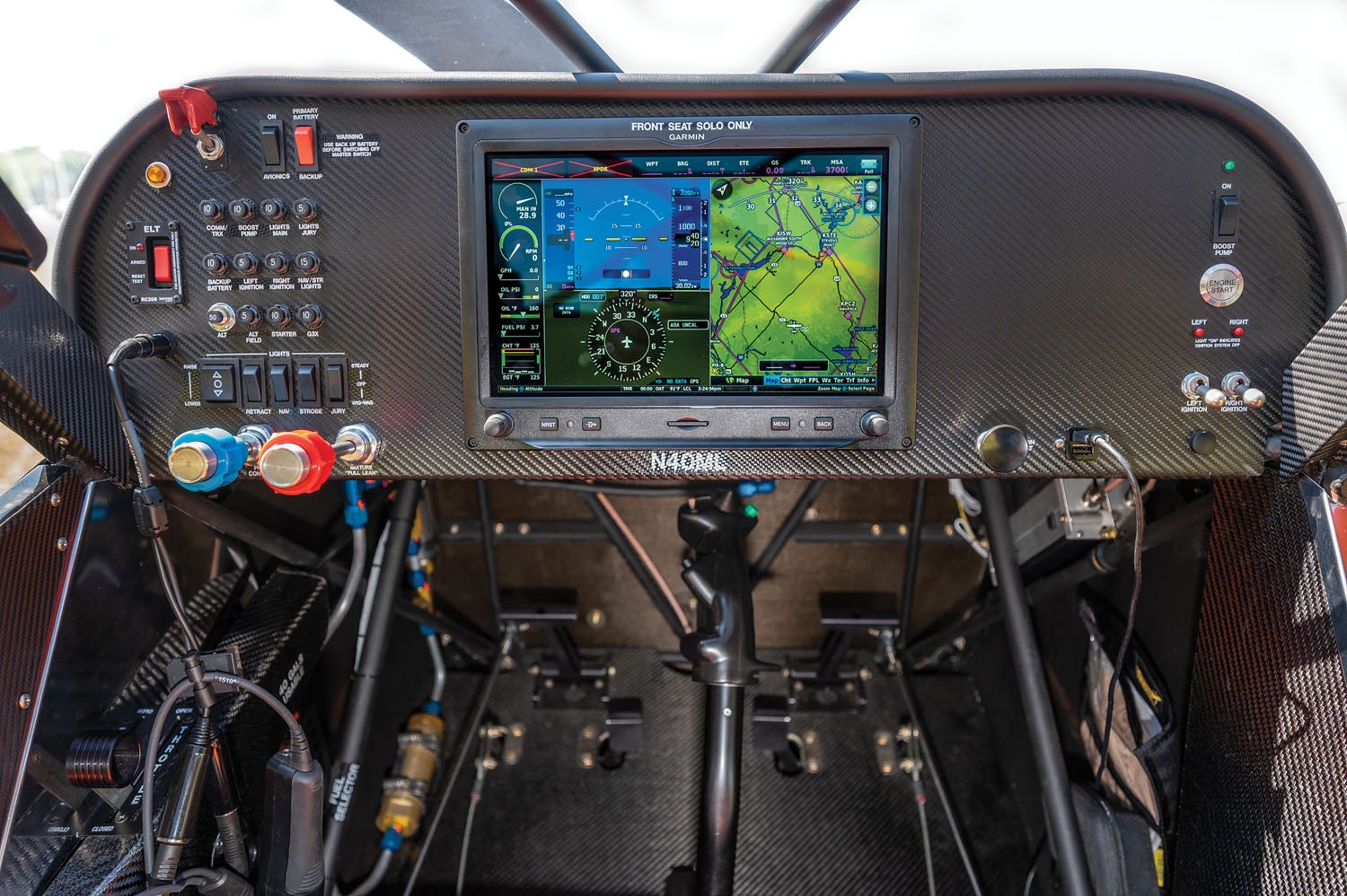
Engine controls were standard for the Titan IO-370—throttle, prop and mixture are where you’d expect them. The high-compression 370 is rated at 195 hp, and all that power is going to the air through a composite Hartzell constant-speed prop. Even though we were busy on a formation flight in the heat of a Wisconsin summer at low altitudes, we never saw any alarms for high temps or cooling issues, so the cowling and baffling package seem to be well matched for this working airplane.
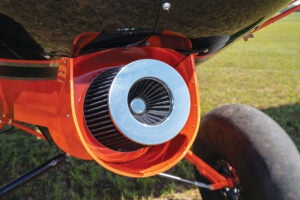
The paint, fit and finish of the airplane were excellent and made for a bright package that just begs to be taken care of—even when the airplane is begging to be taken “off-piste.” We suspect that a lot of care and washing goes into keeping the airplane looking show-quality, but it’s a machine that inspires pride of ownership. American Legend takes pride in the finished paintwork, and since this is not an item that the owner needs to complete to meet the 51% rule, it is usually left up to the pros who do fine work day in and day out.
Overall, N40ML is an outstanding combination of features for both “show” and “go.” This airplane is as comfortable in the limelight as it would be in the bush or the swamps, lakes, and woods of Arkansas. Its owner allowed as how its cost came in at about $260,000 as we flew it, proving that fun does cost money—but if you have the money, why not have some fun? Weighing in at 1117 pounds empty (against a 2000-pound gross), this particular MOAC is well equipped for whatever mission it is asked to accomplish, a bush plane with significant STOL capabilities—the monster truck of its genre.
Flying the Mother
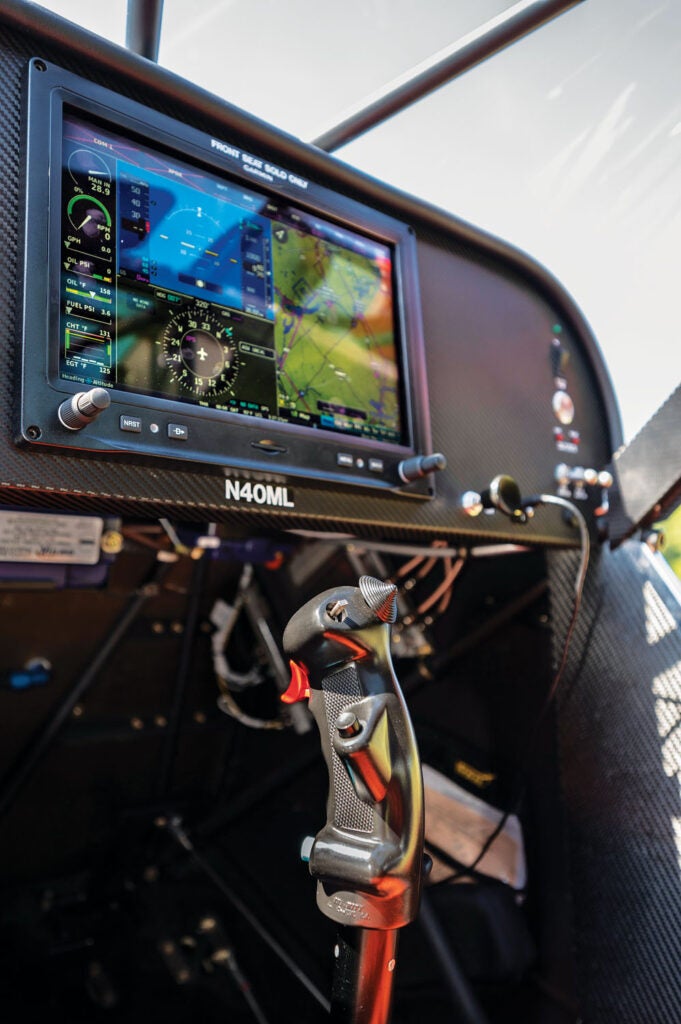
Climbing into the MOAC is exactly that—you have to climb in! The traditional triangular landing-gear struts have no fabric on them, which is good because there are tubes running fore and aft, which act as steps you climb like a ladder. You then do the typical pull-up with the steel tubes over the glareshield to settle into the front seat. From there, your eye height is nearly twice that of sitting in a typical RV—so you have a pretty good view around. Looking up, you have the now-typical skylight, which helps that view in steep turns, and of course, you can open both sides if you want a wide-open view. No, it’s not quite the same as a bubble canopy on a low wing—but the Cub is really about looking at the ground, and it gives you a great view of that.
Today, our mission was twofold—evaluate the airplane’s handling qualities and work with a photo ship (another MOAC) to get some pictures for this article. Photo missions are great ways to start an evaluation. You jump right in with a demanding piloting task, and if it works well, you know the airplane flies right—and the MOAC lived up to that expectation.
It can be bumpy at 500 feet above the ground in Wisconsin on a summer afternoon, and this day was no exception. We took off in formation with our camera ship, and acceleration was good with the constant-speed prop. The tail came up quickly, and we were off and away, but it was apparent from the outset that the camera ship was going to have to give us a couple of inches of manifold pressure for us to keep up with our much larger tires—the lead was equipped with much more normal bush wheels, probably 28-inchers.
However, the speed differential was quickly sorted out, and I parked myself off his wing the best I could with the bumps from the forests, fields, and lakes below. Roll pitch and yaw were positive, if not crisp—about what you’d expect down in the 70–80 mph range in a Cub-like aircraft. Coordination was excellent, of course, with notable adverse yaw from the big ailerons, but again—just what you’d expect from a Cub.
Holding a stepped-down formation on a bumpy day in a high-wing airplane is always a bit challenging. There is a lot of peering around the wing root and frequent raising of the wing on the lead ship’s side to assure that you aren’t closing when you don’t intend to. It also gives the cameraman a better view of the subject airplane’s fuselage and cabin, rather than a simple expanse of wing. The best way to do a photo job is to circle with the subject plane on the inside, with an adequate amount of slip to show off the plane, as you circle something interesting on the ground. Fortunately, central Wisconsin has lots of little lakes to circle, many of them with water skiers and fishermen to add life to the photos.
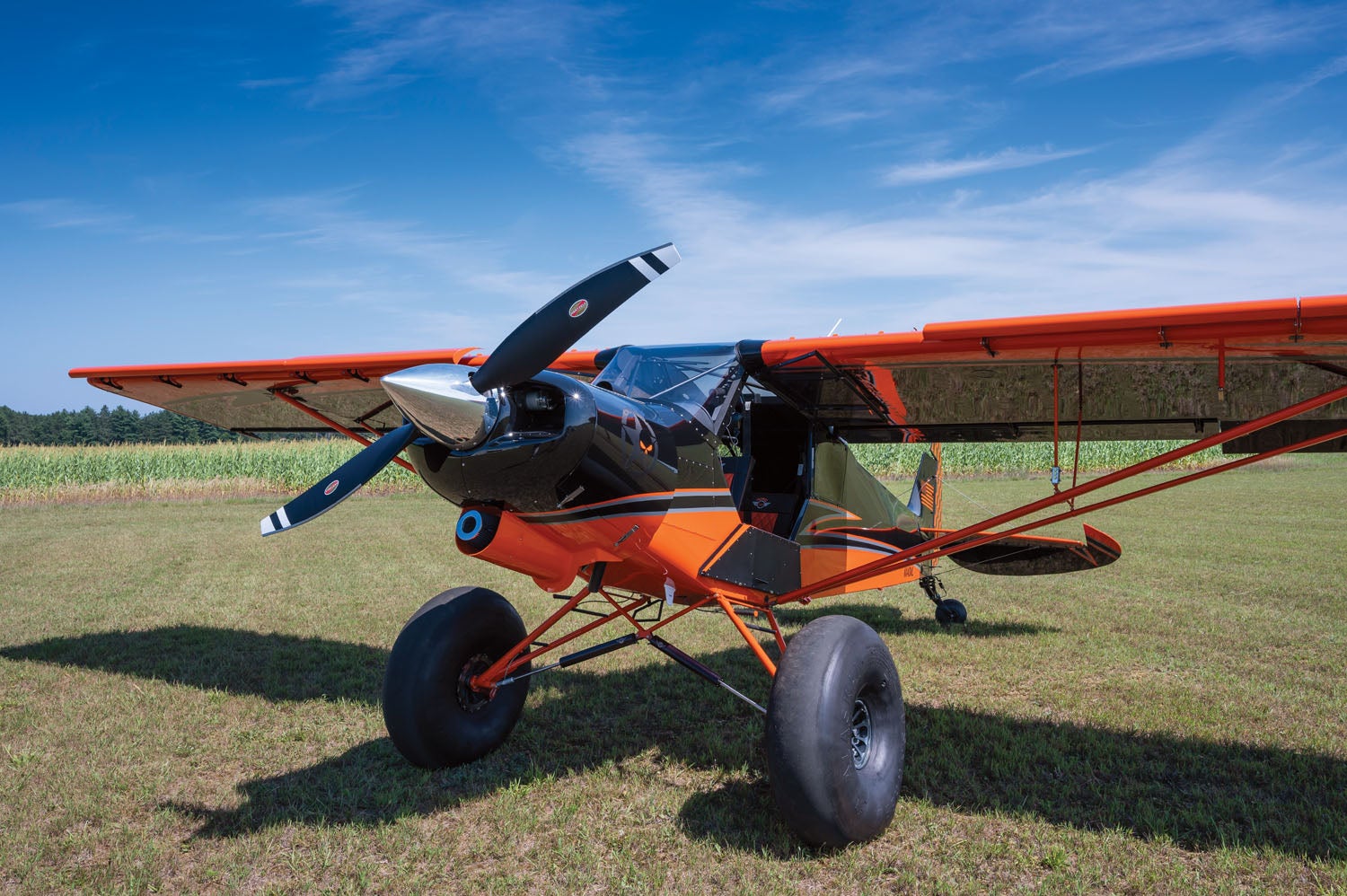
This type of flying also gives a pilot a good idea of just how honest the airplane might be, with “honest” being an intangible quality that grades the airplane on whether or not it will betray the pilot. The MOAC was—best I could tell—impeccably honest. It did what it was told and gave no hints of heading off in its own direction or of stalling or spinning. We really didn’t look much at the airspeed indicator but never heard the slats pop out during our photo work, which tells me that we were plenty fat on airspeed. Accelerating was not as quick or crisp as with a low-drag fast-glass or metal low wing—but we could catch up with the camera ship in a reasonable amount of time if it left us behind.
We didn’t test cruise speeds, but the MOAC is typical of the Cub-alike designs that put an emphasis on low-speed capabilities. Translation: not fast. American Legend quotes cruise speeds of around 120 mph. Forty gallons of fuel should be good for a bit more than 4 hours with the IO-370.
With the photos finished, we headed back to the airport, and I slowed the beast down to see how it might stall. The truth is—I couldn’t get it anywhere near a stall break to see if it would fall off one way or another. This is true of so many high-wing bush and STOL aircraft these days—the stall is more of a mushing sink than a break, and directional and roll control is generally good throughout. The little low-speed work I did told me that it would be a fun airplane with which to go sightseeing down low and one that would be easy to shove into reasonable backcountry strips.
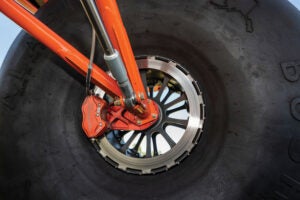
We entered the pattern for the grass runway at Wautoma with the camera ship above us, and I concentrated on making a decent landing instead of going for a perfect photo. The perfect landing wasn’t going to happen. It had been a while since I landed something with such a high eye height, so of course, I touched down before I expected—and bounced it. The good news is that it all worked out because the MOAC with the big tires is remarkably forgiving.
If I’d been alone in the air, I’d probably have added enough power to go around, but I knew that I had a camera ship lurking somewhere above me. I wasn’t sure exactly where. So instead of launching into a conflict, I felt it better to add just enough power to stabilize the situation, then let the plane settle back onto those big tires again—which it did, ever so nicely. The moral of the story is that some airplanes know how to land themselves better than the pilots. The MOAC was both docile and capable, again showing that it would be an excellent airplane to have on a rocky, rough and uneven runway out in the bush.
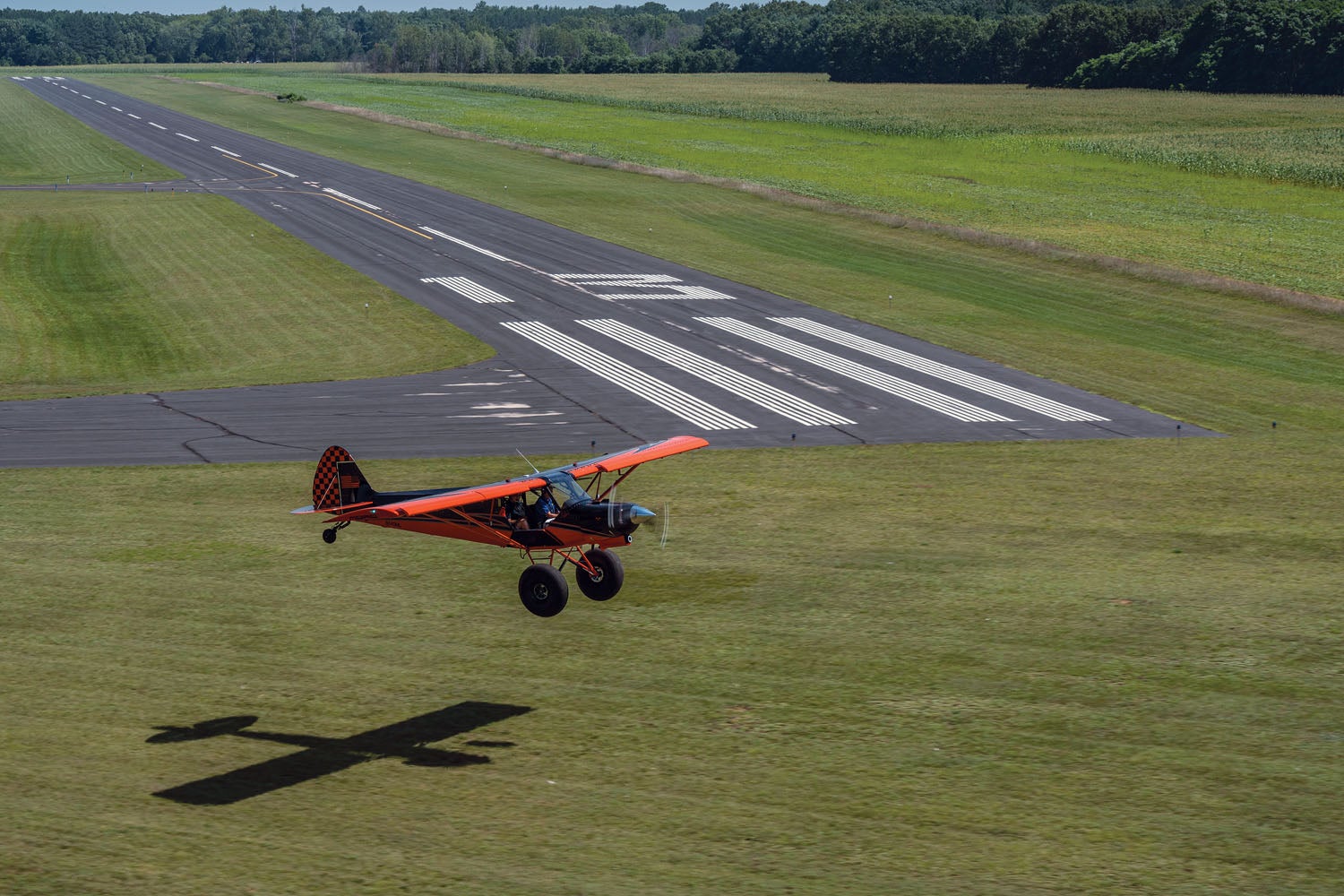
More Than Just Another Big Cub
There are a lot of options in the homebuilt Cub-alike market these days, from complete kits to factory-assist programs to materials packages that allow you to pick and choose as you roll your own. So what makes the MOAC more than just another big-engined Cub?
I’d have to say that American Legend has put together a well-thought-out package of options that can be added or subtracted so that a customer can build an airplane matched exactly to their needs. If you want a fire-breathing bush plane to carry large loads into the backcountry, the MOAC will do that. If you want to add aerodynamic gadgets to fly into even shorter places—you can do that too.
No matter what you want your airplane to do, the Super Legend is adaptable—and ready to be adapted. Whether you buy a kit to be shipped to your workshop or choose a builder-assist option, you can build the Mother of All Cubs precisely to your vision—then load it up with two friends and baggage and head out into the boonies. No, you won’t get there particularly fast—but you’ll get there with enough stuff to enjoy the backcountry—or whatever country you choose to explore.

